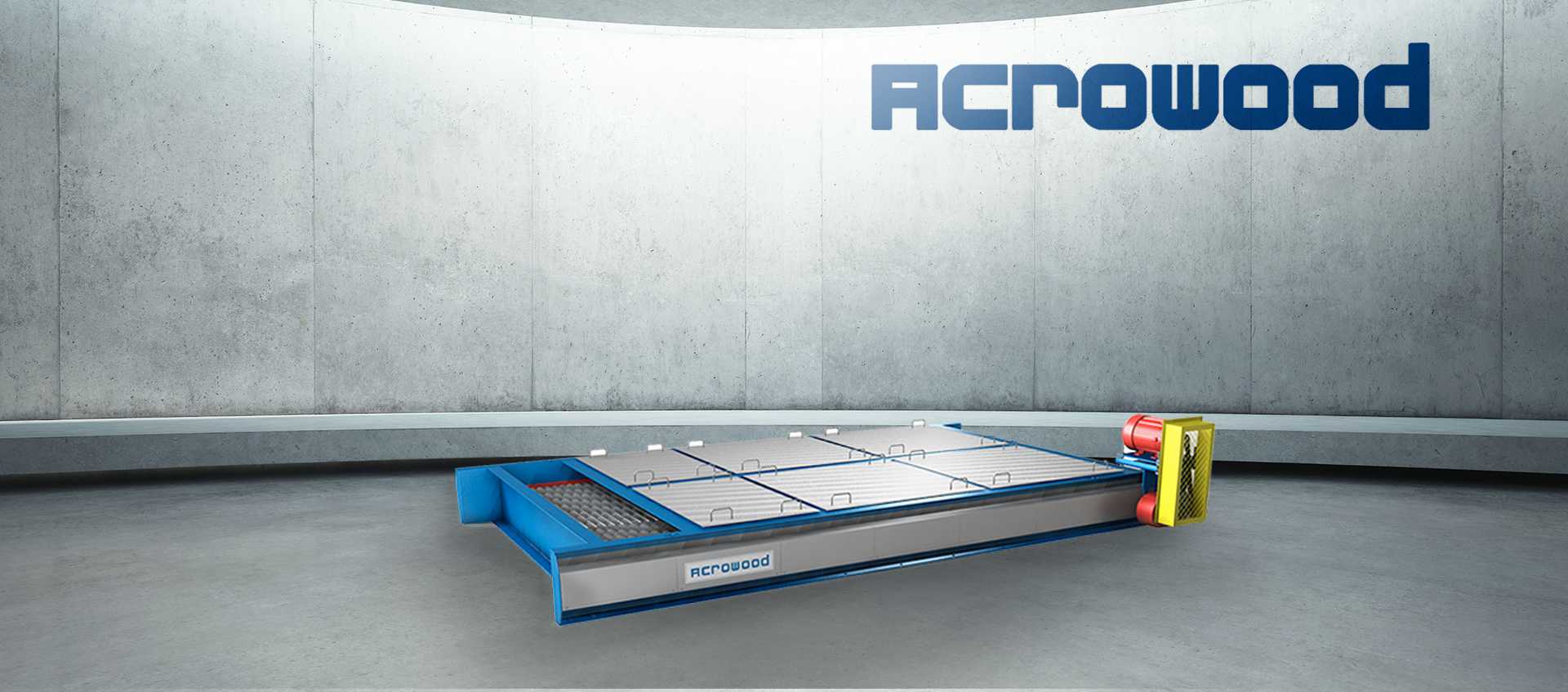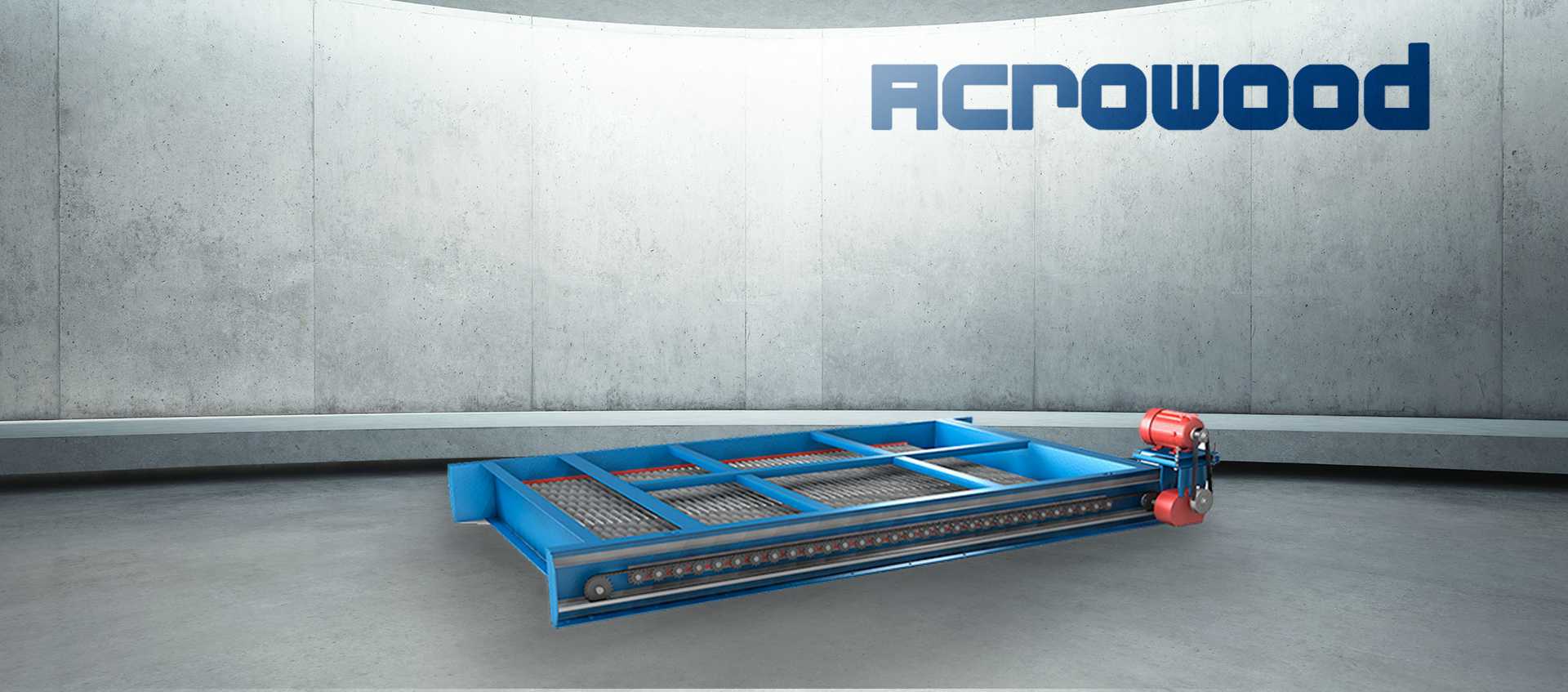SCREENING
DiamondRoll® Fines Screens
Precision wood chip screening to the exact size needed
Acrowood DiamondRoll® Fines Screens
The Fines Screens makes finite separations of smaller chip fractions. It typically removes more than 90% of fines from accepts and can retain or reject pin chips, as desired. Filtering chips to the correct size minimize the use of chemicals needed in the digester in the making of pulp.
Why Leading Mills Trust Acrowood
For over a century, Acrowood has partnered with the world’s top pulp producers to deliver unmatched performance in chip screening. Our DiamondRoll® Fines screening technology reflects decades of engineering evolution—designed, built, and continually refined for the real demands of mill operations.
With precision-machined rolls, proven VIRO adjustability, and rugged construction made in the USA, Acrowood equipment is engineered to perform consistently, day after day, year after year. Our commitment doesn’t stop at delivery—we provide expert consultation, field support, and long-term partnership that keeps your line running at peak efficiency.
This is more than equipment. It’s experience, reliability, and results—built into every screen we make.
DiamondRoll Fines Screen Features
The advantages of a DiamondRoll® screen include:
- Highly efficient and selective fines removal
- Low maintenance costs and downtime,
- Excellent fiber recovery
- Quick payback on good fiber recovery from waste streams.
- Screening targets met and specific fines fractions segregated with various knurl patterns
- Minimal fiber loss in non-blinding operation with special shaft design and tight gap settings
- Low profile screen frame for simple installation
- Obtain a higher yield of pulp from raw materials coming in, resulting in immediate savings
A proven concept in high-efficiency fines screening
Acrowood was the first in the world to bring roll screens to the industry. Today hundreds of DiamondRoll Fines Screens are in operation world-wide, helping mills retain valuable fiber while removing fines.
Fines Screens Applications
- Chip Plants
- OSB Plants
- Pellet Plants
- Pulp Mills
- Sawmills
- Shavings Mills

Success Is In The Rolls
Chips travel across a series of parallel, rotating rolls machined from solid alloy steel. As these diamond-patterned rolls rotate, fines migrate into the space between the diamond tips and are rejected through the Inter-Roll Openings (IRO).
Pins and chips larger than the opening are carried over the screen’s surface and off the end. Using solid, alloy steel shafts helps to maintain the straight and constant nip opening. High IRO accuracy is the key to the screen’s efficiency.

Fines Screens Adaptability
Variable Inter-Roll Opening (VIRO) allows the spacing between the shafts to be set to meet the specific needs of the application, but then to be easily adjusted if material quality changes, or if process advantages develop for different openings.
Shaft spacing is adjusted by changing shims between bearing blocks in the side frame of the screen. Shims between the bearing blocks set the spacing between the rolls.
If a larger opening is needed, additional shims can be added. If the rolls need to come closer together, a thinner shim is used.
The IRO and the speed of the shafts can be independently controlled and work together to fine tune screen performance.
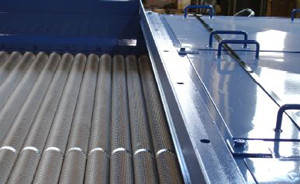
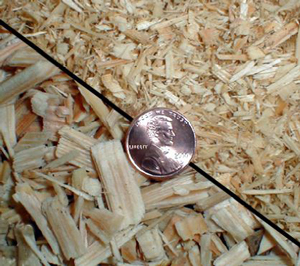
Selectivity When and Where You Want It
The Variable Inter-Roll Opening (VIRO) allows the spacing between the shafts to be independently adjusted at any point along the screen, increasing selectivity.
A smaller opening at the infeed or at the discharge end of the screen may have advantages. In the DiamondRoll® VIRO Screen, all gaps in the screen can be adjusted individually. Achieving varied roll spacing is as simple as changing the shims between adjacent bearing blocks.

Simple, Lubrication-Free Drive and Bearings
Continuous loops of chain drive all shafts. A single motor located at the discharge end of the screen drives the chain. The continuous loop chain drive makes the VIRO feature possible, since the chain pitch does not limit the position of the shafts.
Oil lubrication has been eliminated from the side frame, since both the chain and the bearings are lubricated for life. The chain is a high-strength sintered bushing roller chain, with lubricant incorporated into the structure of the bushing itself. The bearings are grease-lubricated ball bearings, sealed at the factory, and require no lubrication in the field. Both are built with long service life and minimal maintenance requirements in mind.

Vibration-Free Operation
Rotating rolls create agitation – a tumbling, mildly abrasive action. Turning of the rolls does not cause the bouncing and shaking associated with rotary screens, or screens that rely on the beating of hole-filled rubber mats.
The DiamondRoll Screen comes complete with zero-speed sensors; no vibration or excessive motion sensors are required. No vibration or lateral loading is placed on building structure.
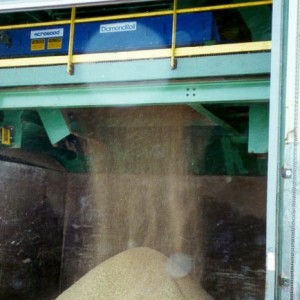
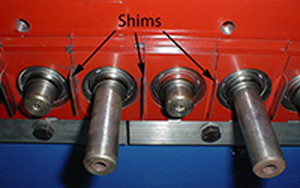
Dust Tight Conditions Built-In
The screen frame completely encloses the chips and fines. Steel dust covers are set into the frame above. Chutework connects solidly to flanged openings, making the entire system dust-tight.
Variable Shims
Shims of varying thickness are used between bearing housings to set the gaps between rolls. Easily changed in the field, a thicker shim will result in a larger screen opening.
Fines Screens Rack Tooth Sprockets

Rack Tooth Sprockets
Rack tooth sprockets fixed to the shafts using Trantor™ bushings drive the shafts via sintered bushing chain. This simple, reliable drive system requires no periodic lubrication. Shaft bearings are sealed for life.
Fines Screens Shafts
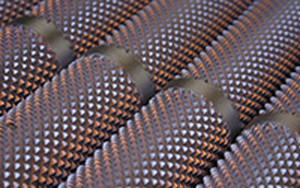
Shaft Features
Shafts are available with a variety of knurl patterns and depths to suit specific application requirements. All shafts are machined from solid, alloy steel and then hard chromed for additional wear resistance. Raised, center bump strips are used with very small gap settings between rolls to maintain knurl integrity.
| Roll Width (in) | 36 | 48 | 60 | 72 | 84 | 96 | 108 | |||||||
|---|---|---|---|---|---|---|---|---|---|---|---|---|---|---|
| width (in) | 50 | 62 | 74 | 86 | 98 | 110 | 112 | |||||||
| # of Rolls | Motor (HP) | Weight (tons) | Motor (HP) | Weight (tons) | Motor (HP) | Weight (tons) | Motor (HP) | Weight (tons) | Motor (HP) | Weight (tons) | Motor (HP) | Weight (tons) | Motor (HP) | Weight (tons) |
| 20 | 3 | 1.8 | 3 | 2.1 | 5 | 2.3 | 7.5 | - | - | - | - | - | - | |
| 30 | 5 | 2.3 | 5 | 2.6 | 7.5 | 3.0 | 7.5 | 3.5 | 10.0 | 3.9 | 10 | 4.3 | 10 | 4.8 |
| 40 | 5 | 2.8 | 7.5 | 3.2 | 7.5 | 3.7 | 10 | 4.3 | 15.0 | 4.8 | 15 | 5.3 | 15 | 5.9 |
| 50 | - | - | 7.5 | 3.8 | 10 | 4.5 | 15 | 5.1 | 15.0 | 5.8 | 15 | 6.4 | 15 | 7.1 |
| 60 | - | - | 10 | 4.4 | 15 | 5.2 | 15 | 6.0 | 15.0 | 6.7 | 15 | 9.5 | 15 | 10.2 |
| 70 | - | - | - | - | - | - | 20 | 9.1 | 20.0 | 10.0 | 20 | 10.9 | 20 | 11.7 |
| 80 | - | - | - | - | - | - | 20 | 10.3 | 20.0 | 11.3 | 20 | 12.3 | 20 | 13.3 |
| 90 | - | - | - | - | - | - | 20 | 11.5 | 20.0 | 12.6 | 20 | 13.7 | 25 | 14.8 |
| Roll Width (m) | 0.9 | 1.2 | 1.5 | 1.8 | 2.1 | 2.4 | 2.7 | |||||||
|---|---|---|---|---|---|---|---|---|---|---|---|---|---|---|
| width (m) | 1.27 | 1.6 | 1.9 | 2.2 | 2.5 | 2.8 | 2.8 | |||||||
| # of Rolls | Motor (KW) | Weight (mt) | Motor (KW) | Weight (mt) | Motor (KW) | Weight (mt) | Motor (KW) | Weight (mt) | Motor (KW) | Weight (mt) | Motor (KW) | Weight (mt) | Motor (KW) | Weight (mt) |
| 20 | 2.2 | 1.8 | 2.2 | 2.1 | 4 | 2.3 | 5.5 | 5.5 | - | - | - | - | - | - |
| 30 | 4 | 2.3 | 4 | 2.6 | 5.5 | 3.0 | 5.5 | 3.5 | 7.5 | 4.0 | 7.5 | 4.4 | 7.5 | 4.8 |
| 40 | 4 | 2.8 | 5.5 | 3.2 | 5.5 | 3.8 | 7.5 | 4.3 | 11 | 4.9 | 11 | 5.4 | 11 | 5.9 |
| 50 | - | - | 5.5 | 3.9 | 7.5 | 4.5 | 11 | 5.2 | 11 | 5.8 | 11 | 6.5 | 11 | 7.2 |
| 60 | - | - | 7.5 | 4.5 | 11 | 5.3 | 11 | 6.0 | 11 | 6.8 | 11 | 9.6 | 11 | 10.4 |
| 70 | - | - | - | - | - | - | 15 | 9.2 | 15 | 10.1 | 15 | 11.0 | 15 | 11.9 |
| 80 | - | - | - | - | - | - | 15 | 10.5 | 15 | 11.4 | 15 | 12.4 | 15 | 13.5 |
| 90 | - | - | - | - | - | - | 15 | 11.7 | 15 | 12.8 | 15 | 13.9 | 18.5 | 15.0 |
The DiamondRoll® Fines Screens brochure
Request the DiamondRoll fines screen machine brochure provided to you in PDF format for easy reading and printing.
Case Study: Fines Screening with Rotary and Roll Screens
Three factors affect the overall performance of a roll screen. These are knurl depth, IRO, and roll speed. Knurl depth is the most important because the overall dimension of the depth of the valley is such a dominating factor in controlling the capture characteristic of the shaft itself.
Case Study: Pulping System Sensitivity to Chip Quality
In many mills the pin chip losses can be limited by the use of a DiamondRoll™ screen on the rotary screen fines. The roll screen can trim the amount of wood that passes out as boiler fuel.
View the Acrowood Corporate Video
Over a century of experience engineering equipment and machinery for pulp and paper, sawmill, panel board and biomass industries.

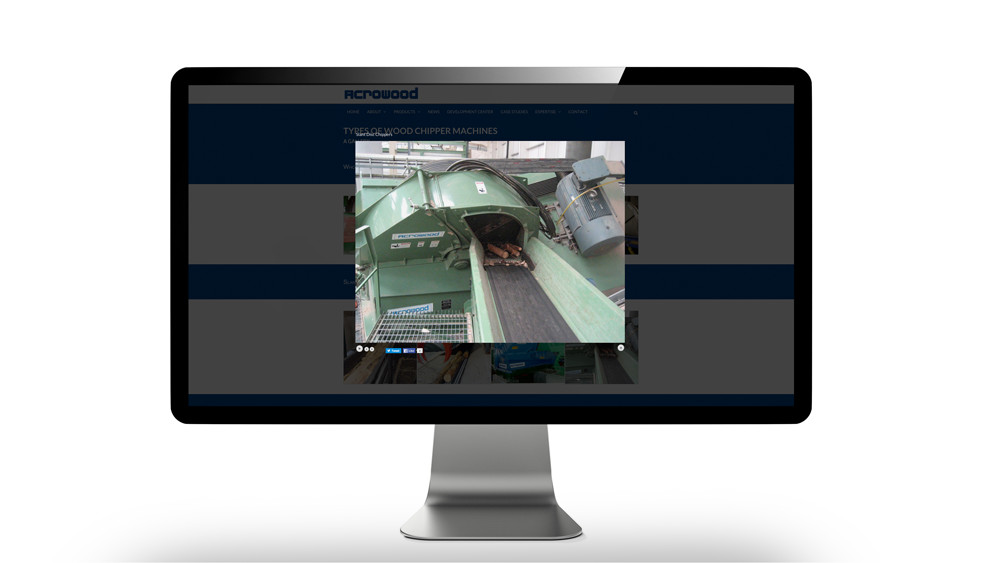
View Acrowood machinery installations at sawmills, pulp and paper mills, panel board mills and biomass facilities all around the world
View the gallery of chipping, cracking and slicing machines, chip screening & material distribution machines, and rotary & batch debarker machines.

